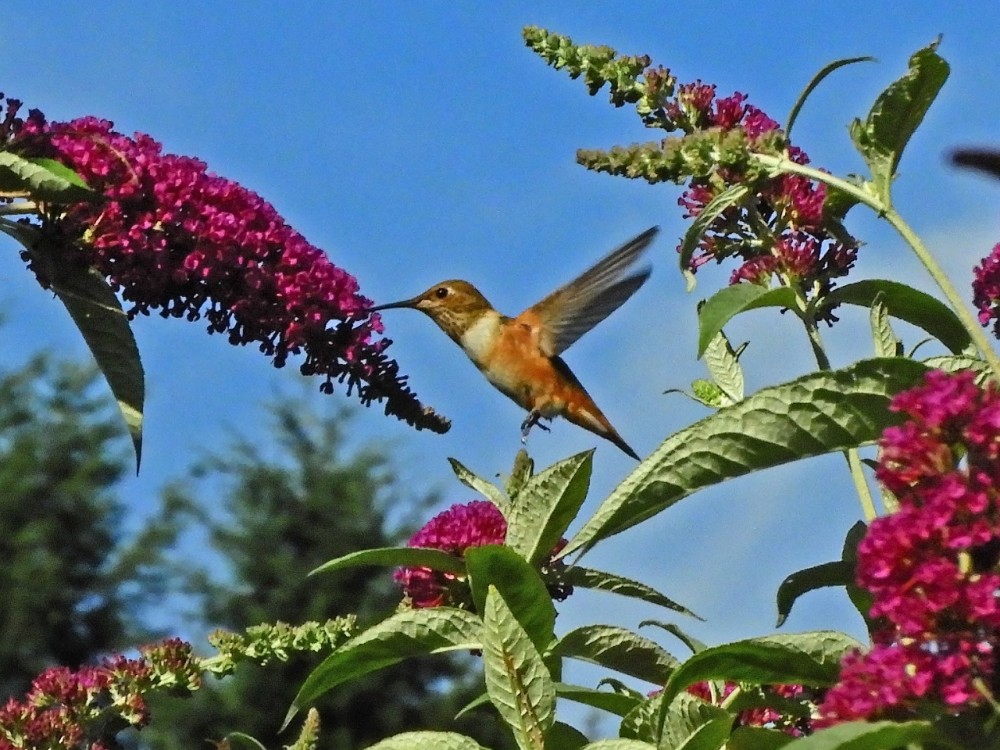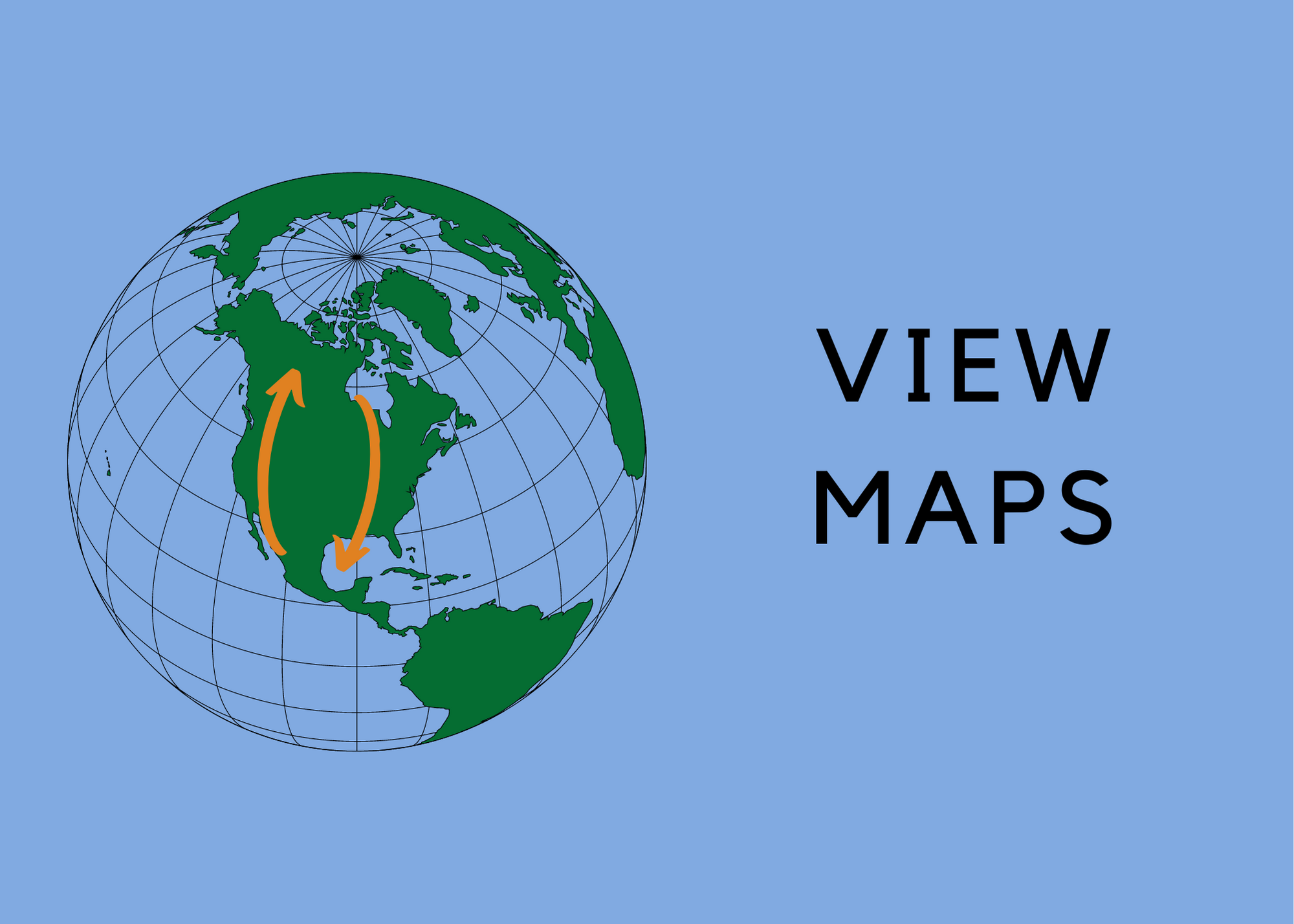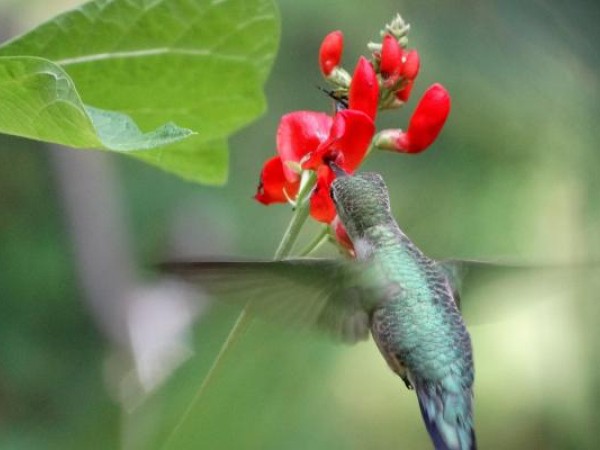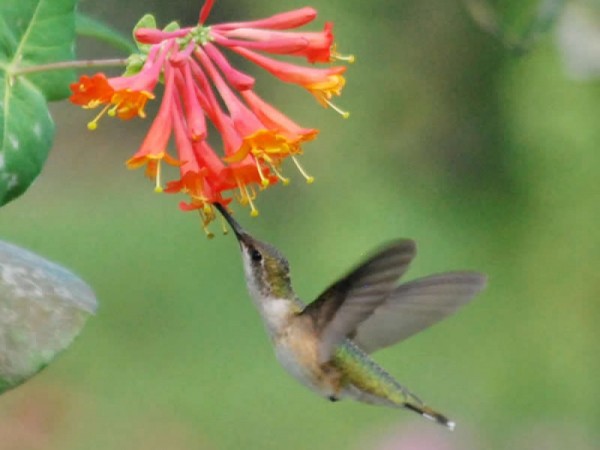Fall Migration Will Start Soon
Hummingbirds are busy feeding in preparation for the fall migration.
Fall Migration Begins
Fewer hours of daylight trigger hormonal changes in hummingbirds that cause an urge to fuel up and fly south. Most hummingbirds that breed in the U.S. and Canada spend the winter months in Mexico and Central America.
Since male hummingbirds do not help to raise fledglings, male hummingbirds are often the first to leave. Female hummingbirds follow their male counterparts a week after their young fledge. Juvenile hummingbirds migrate after adult hummingbirds have departed. These juveniles are the last to leave.
Western species of migratory hummingbirds start their journey south in August and some even leave their breeding ranges in July. For example, a few volunteers have noted that Rufous Hummingbirds have already left their breeding range in the Pacific Northwest. Many early-fall, migrating Rufous Hummingbirds stop over in high-elevation mountains to fuel up on nectar-rich flowers. By August, migrating Rufous Hummingbirds might be observed in parts of Arizona on their way to wintering grounds in Mexico. Actually, for western species of migratory hummingbirds, Arizona can become an active stopover location where high hummingbird diversity can be observed.
An Eastern species of hummingbird, the Ruby-throated Hummingbird, can begin its fall migration at the end of July. Fall migration intensifies in August and early September as these small but mighty birds journey to the southern portions of the southeastern U.S., the Yucatán, Costa Rica, and other locations in Central America.
Support Habitat To Fuel the Fall Migration
Hummingbirds use a lot of energy — darting among flowers, hovering at feeders, and flying long distances. They burn energy so fast that they need to eat 1.5 to 3 times their weight in food each day. If you live in the northern latitudes, your backyard hummingbirds will leave while nectar-rich flowers are still in bloom and feeders are full. Watch your hummingbirds go on a feeding frenzy before leaving their breeding grounds.
Participate in Journey North
Many questions remain about hummingbird migration. Help scientists, researchers, and land managers answer pressing questions by continuing to submit your hummingbird observations this fall.





